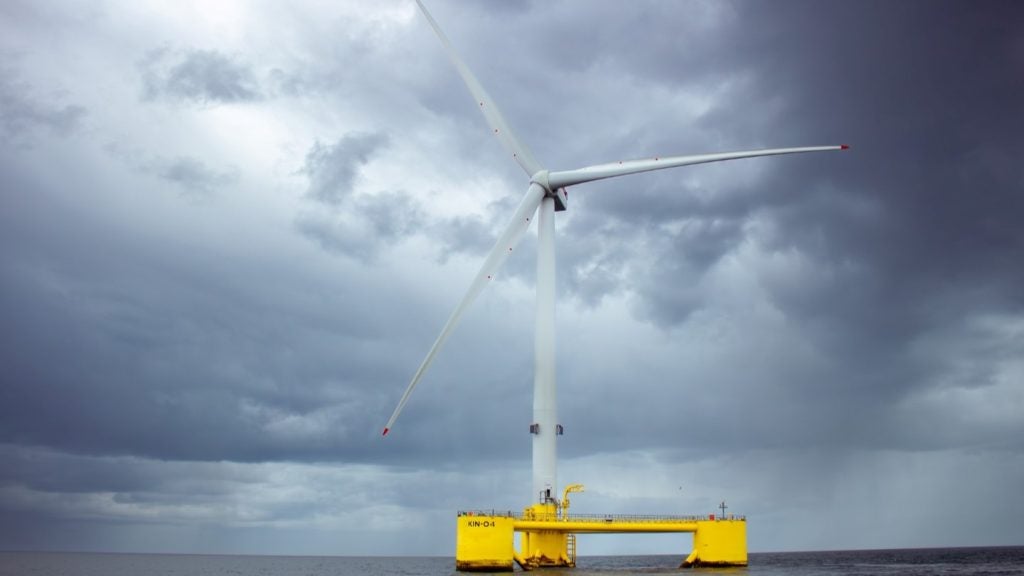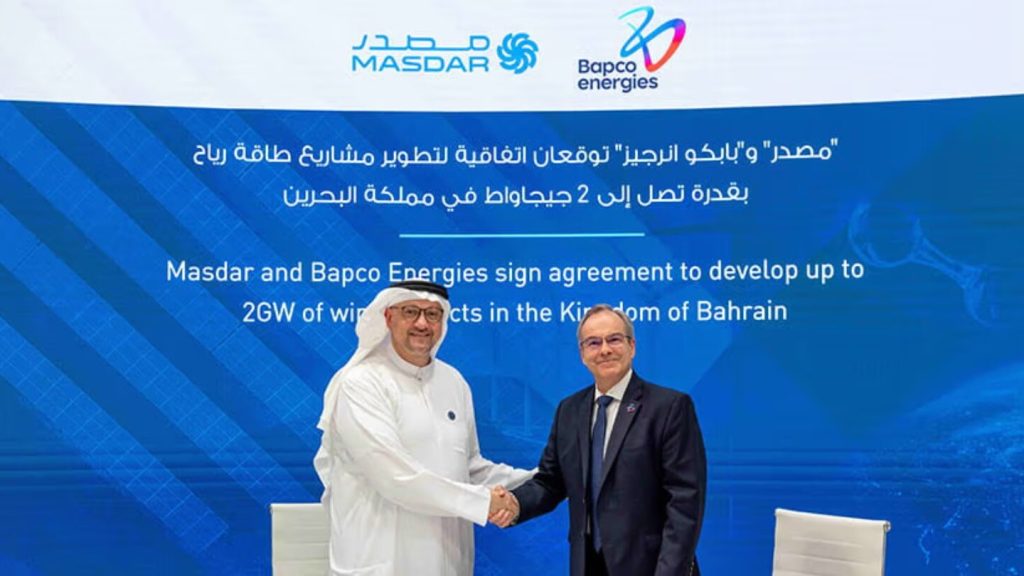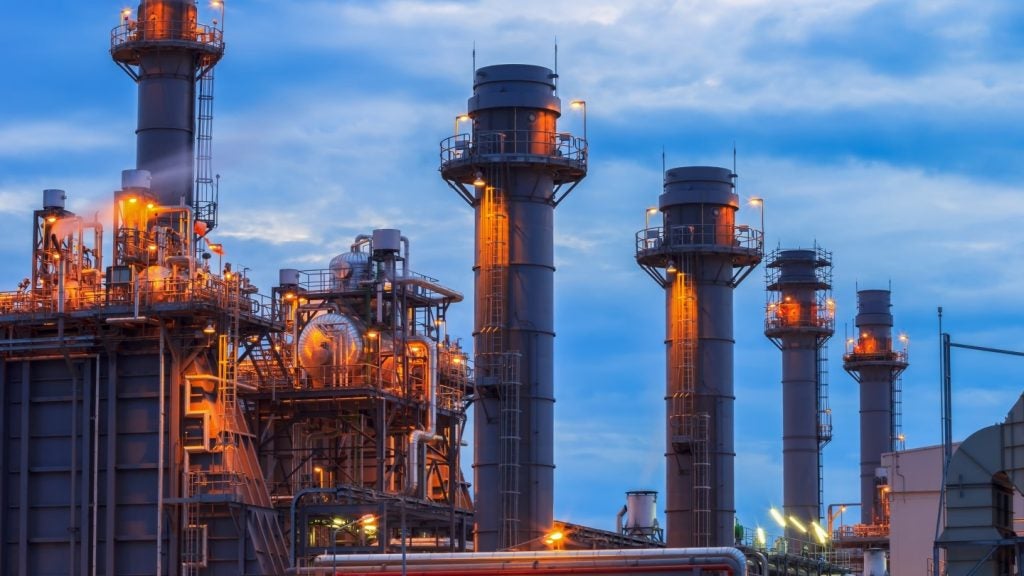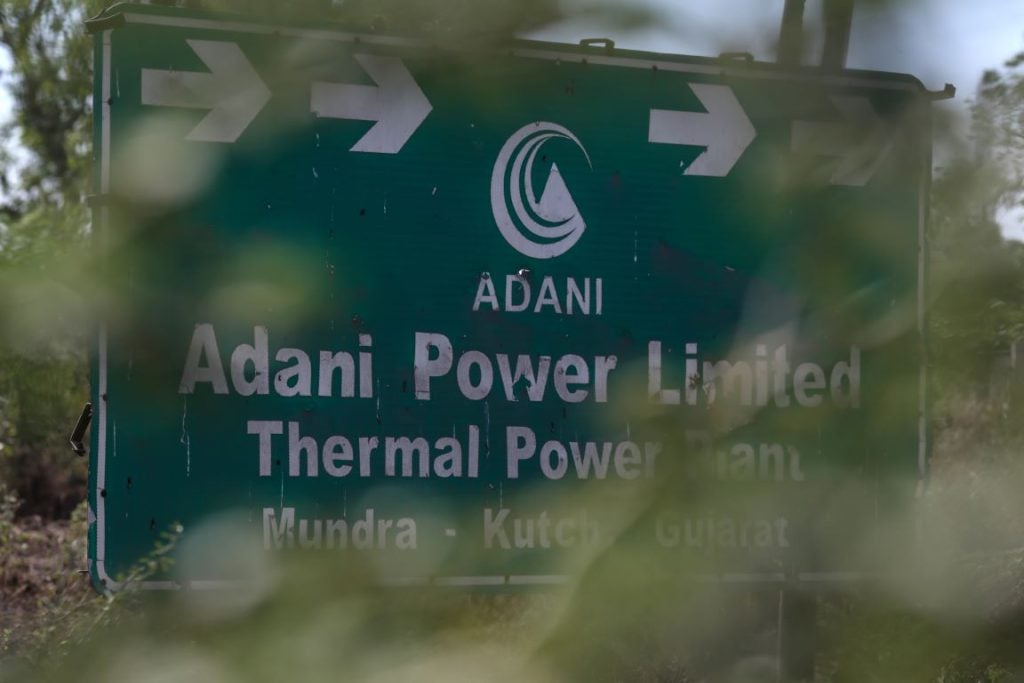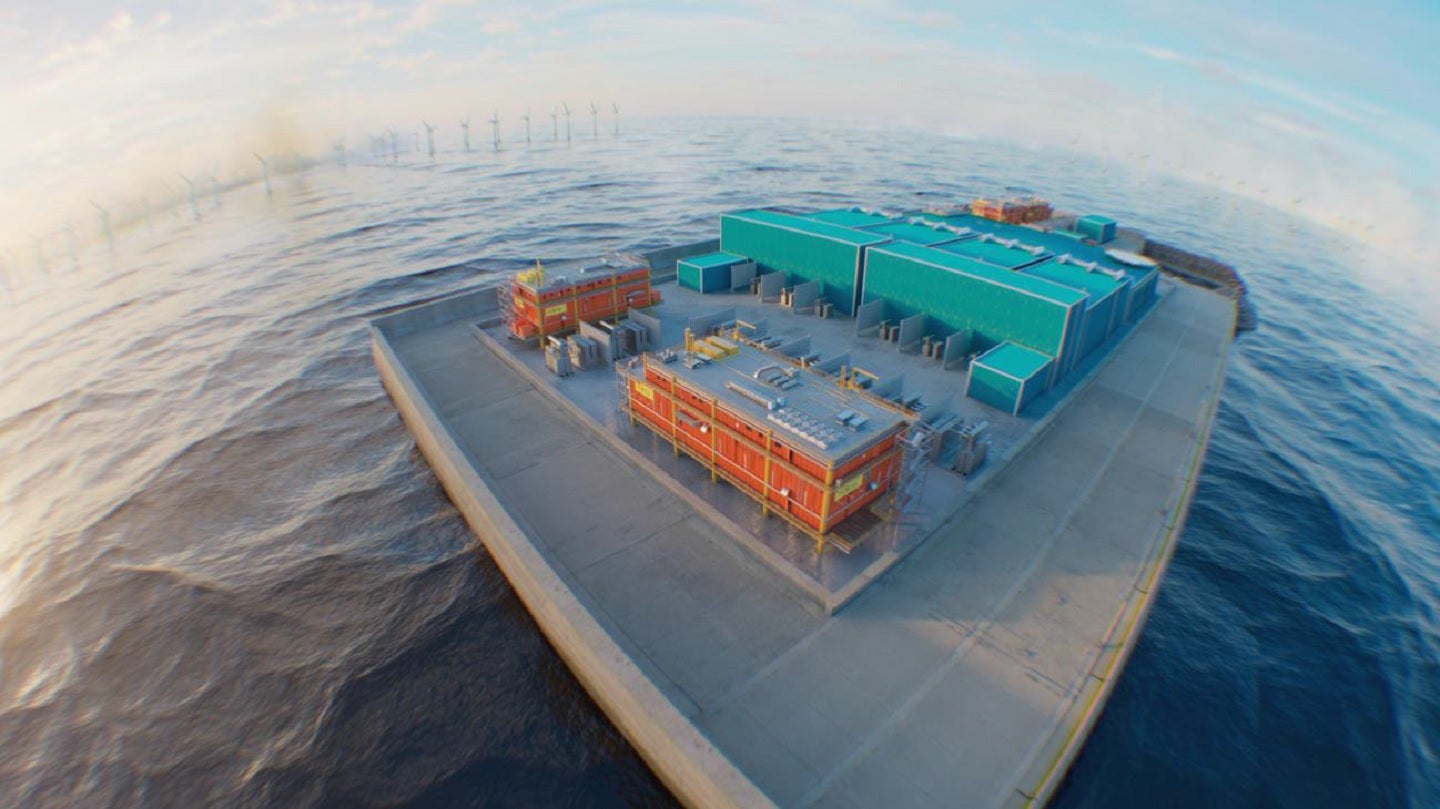
Belgian transmission system operator (TSO) Elia has secured an environmental permit for Princess Elisabeth Island, the world’s first artificial energy island, to be located in the North Sea. It will have a total capacity of 3.5GW and additional interconnectors linking the UK and Denmark with Belgium’s electricity grid.
It will also combine direct current with alternating current.
How well do you really know your competitors?
Access the most comprehensive Company Profiles on the market, powered by GlobalData. Save hours of research. Gain competitive edge.

Thank you!
Your download email will arrive shortly
Not ready to buy yet? Download a free sample
We are confident about the unique quality of our Company Profiles. However, we want you to make the most beneficial decision for your business, so we offer a free sample that you can download by submitting the below form
By GlobalDataThe permit was given by Belgium’s Deputy Prime Minister and Minister for Justice and the North Sea, Vincent Van Quickenborne. Construction on the project is expected to begin early in 2024 and be completed in around two years.
In February 2023, a consortium of offshore service providers DEME and Jan De Nul won the engineering, procurement, construction and installation contract for the project. The contract also has scope for the project’s design.
Elia is currently finalising the design of the project, expected to be submitted later in 2023. The TSO has stated that the design can be modified to boost biodiversity in and around the artificial island.
In June, an environmental permit was secured to build caissons on the Verbrugge Zeeland Terminals at Bijleveldhaven.
A total of 23 concrete caissons, each 60m long, 30m wide and 30m high, will be towed to the offshore location and installed at the site in 2024 and 2025. Once installed, the island will be reclaimed via sand fill and prepared for the installation of electrical infrastructure.
Van Quickenborne said: “We plan to continue developing the North Sea as Belgium’s leading energy centre and Princess Elisabeth Island will be a crucial part of this process.
“With this environmental permit, we are now taking a major step forward in developing the Princess Elisabeth Zone, our second offshore wind zone. The first wind turbines will be commissioned in 2028, delivering additional offshore green energy for our families and companies.
“Since Belgium is also the first country in the world to install wind turbines in protected marine areas, we are delighted that Elia is fully committed to nature-inclusive design – further evidence of the power of taking an innovative approach, the potential of renewable energy and the importance of protecting our marine environment.”



